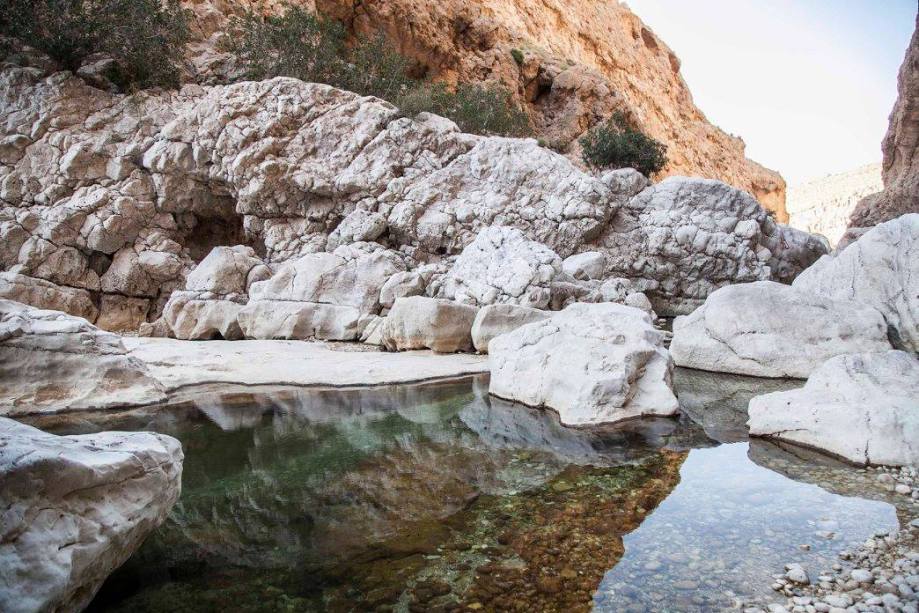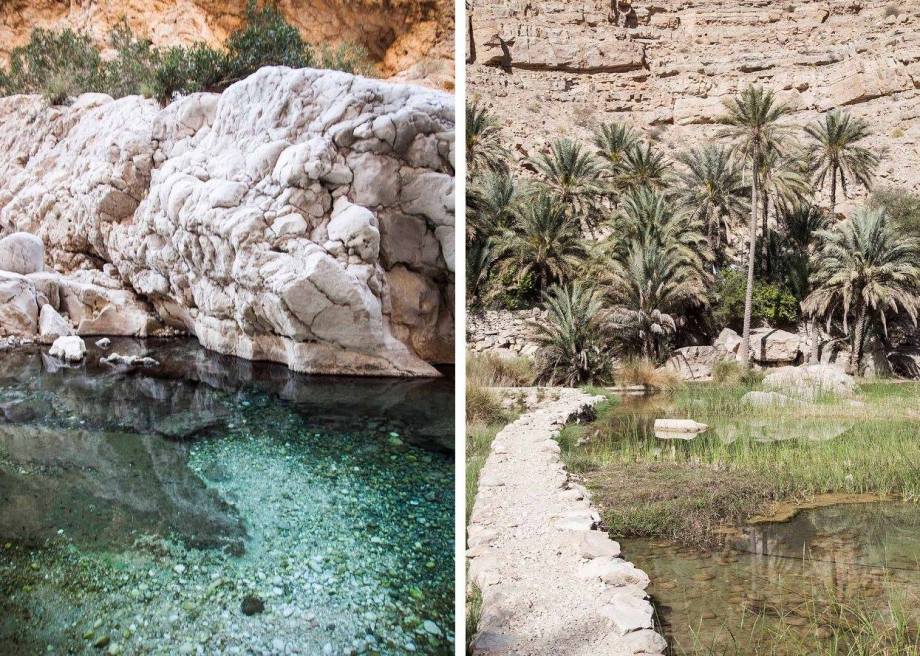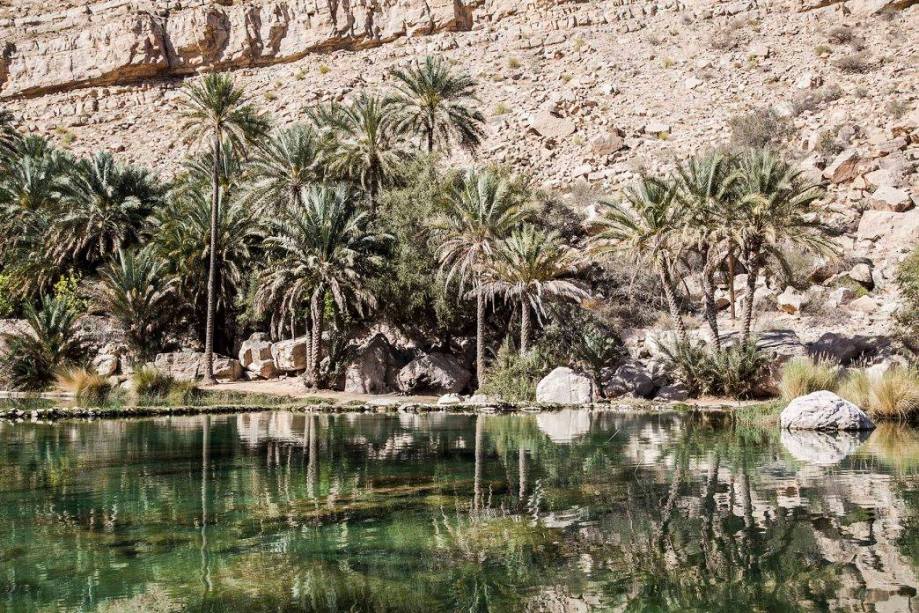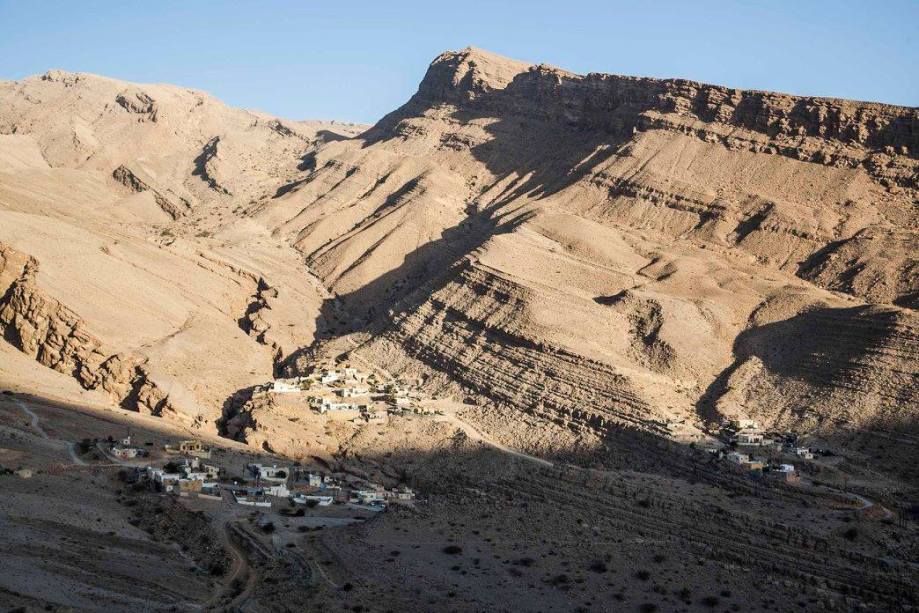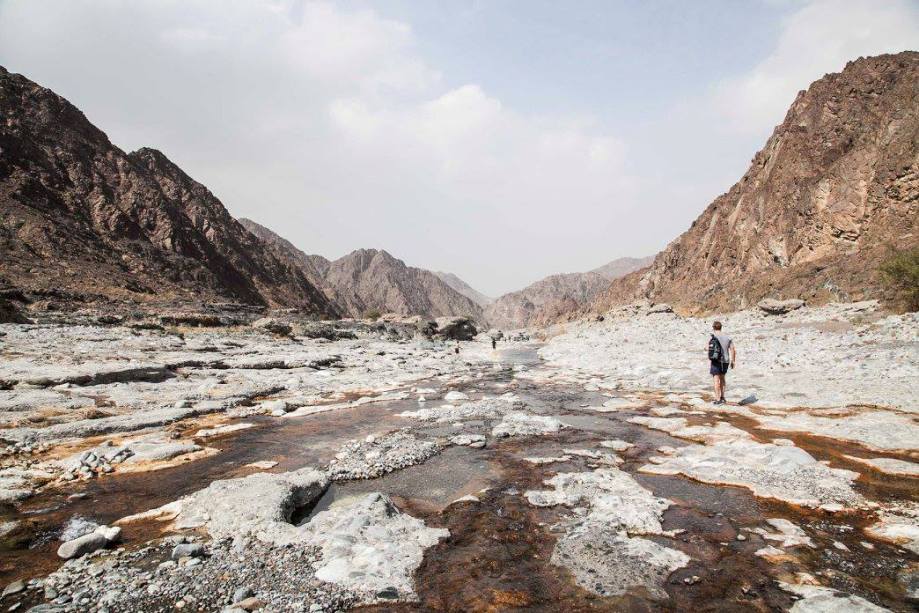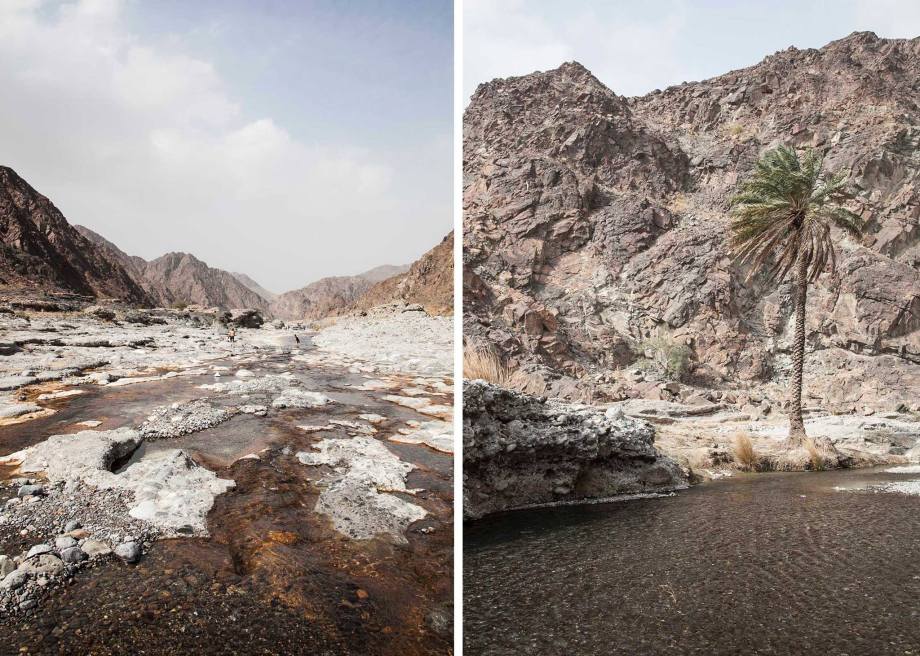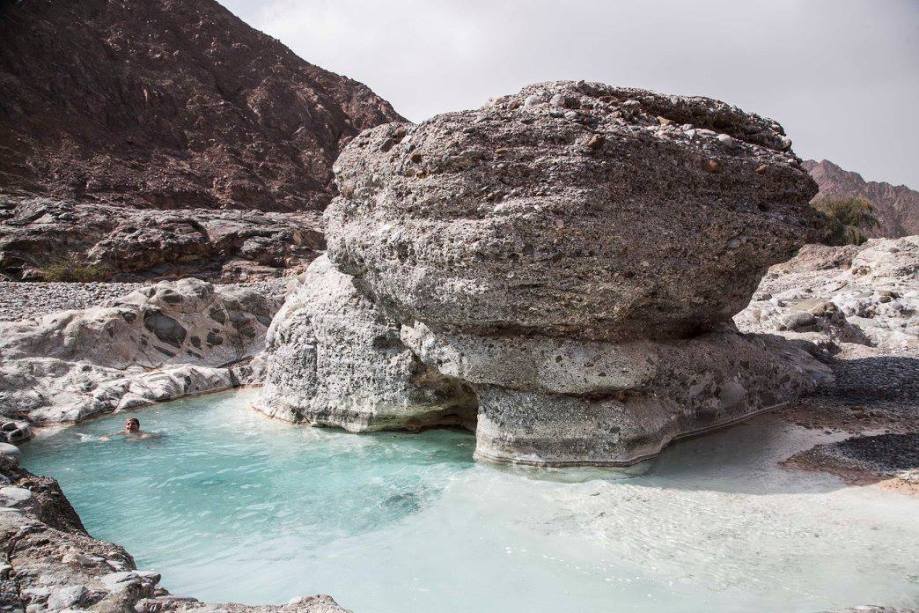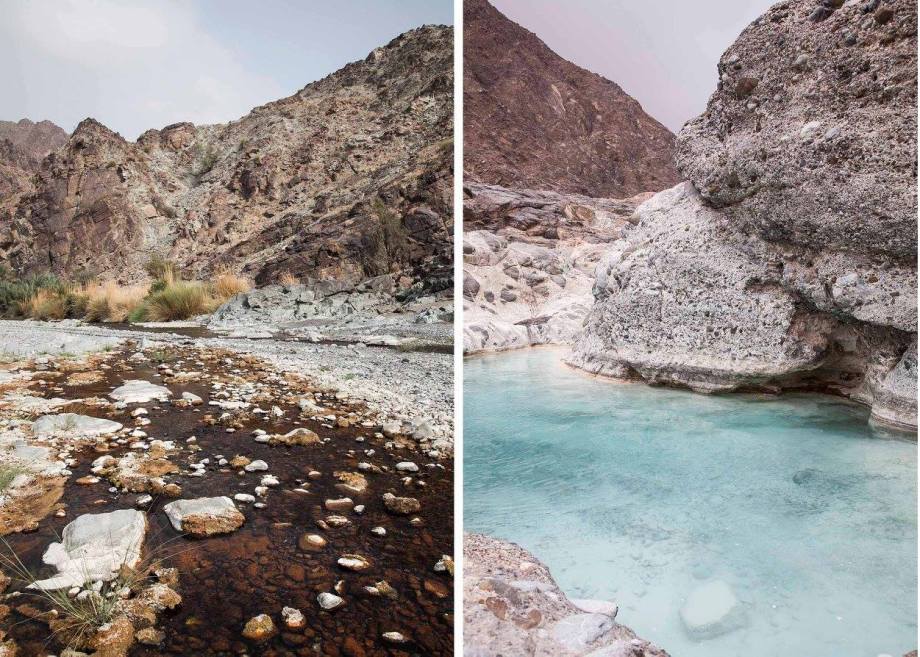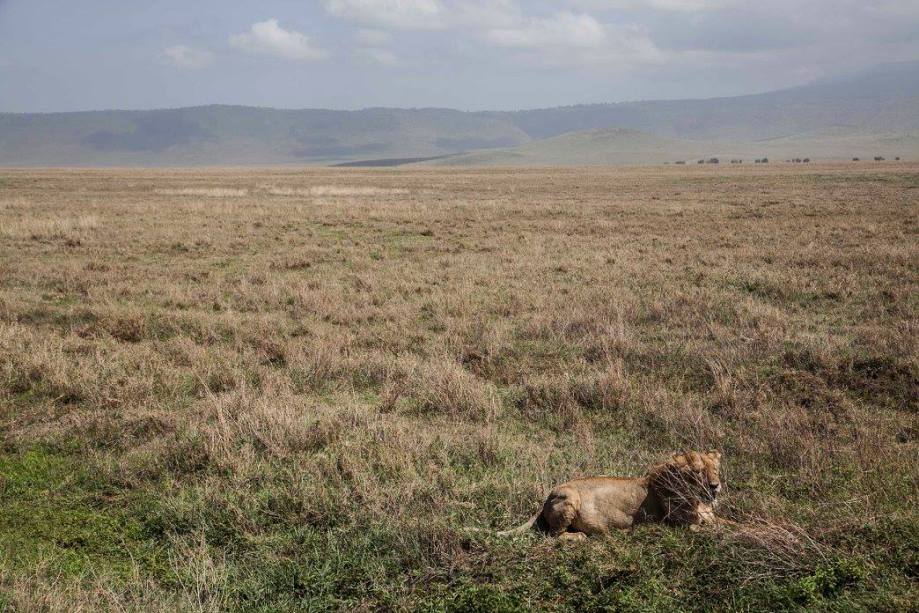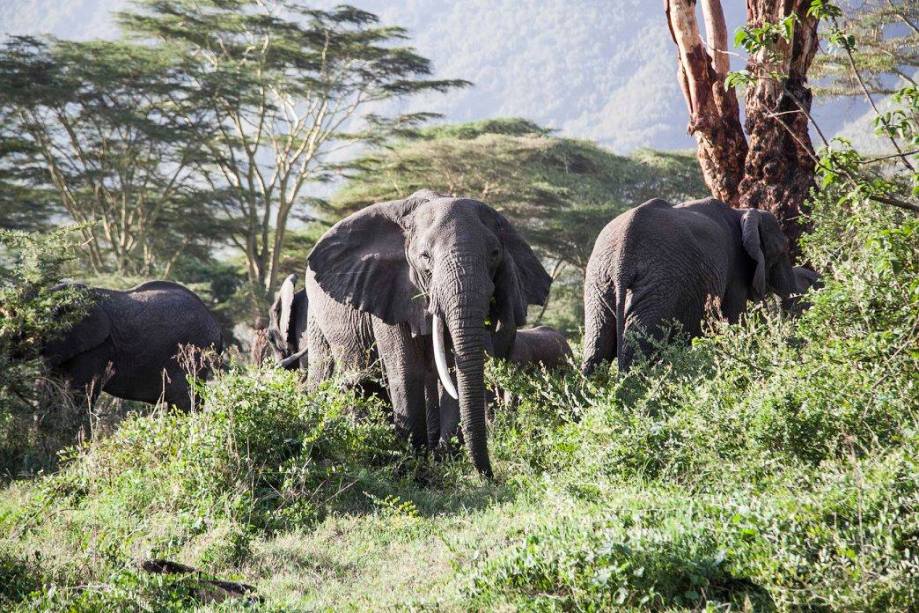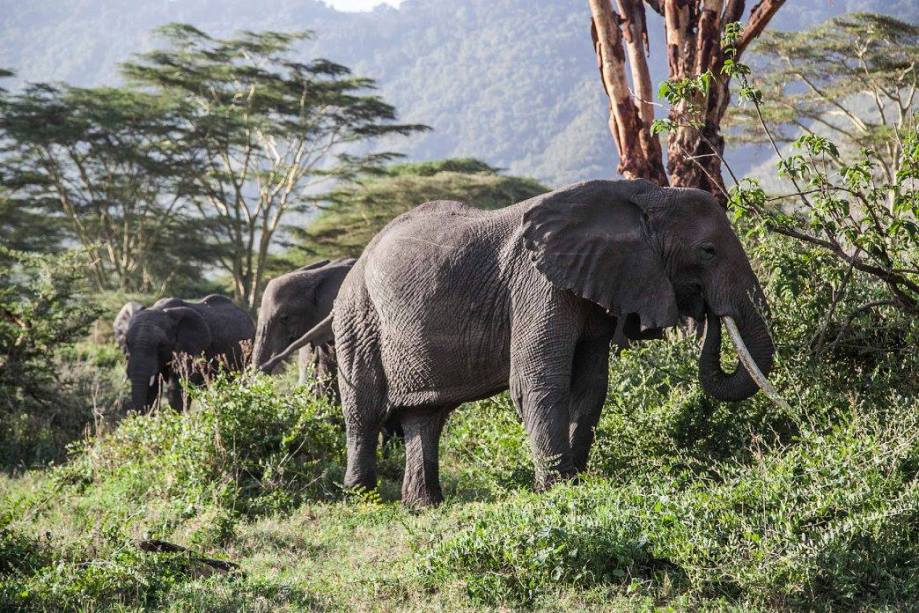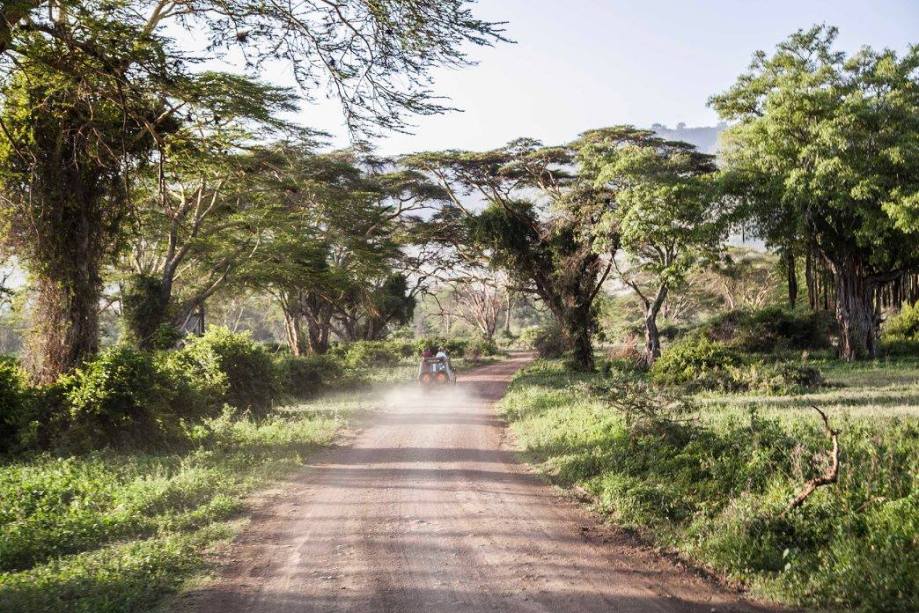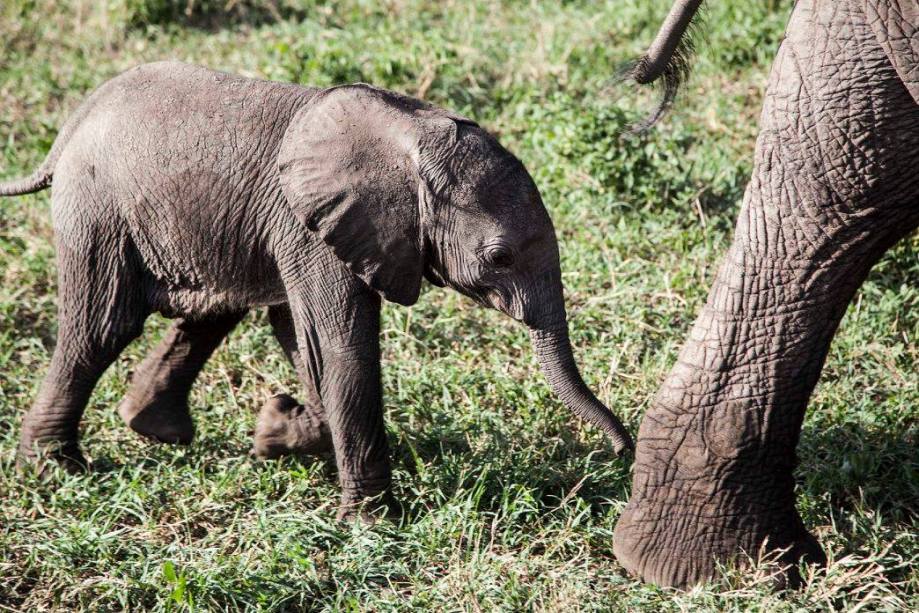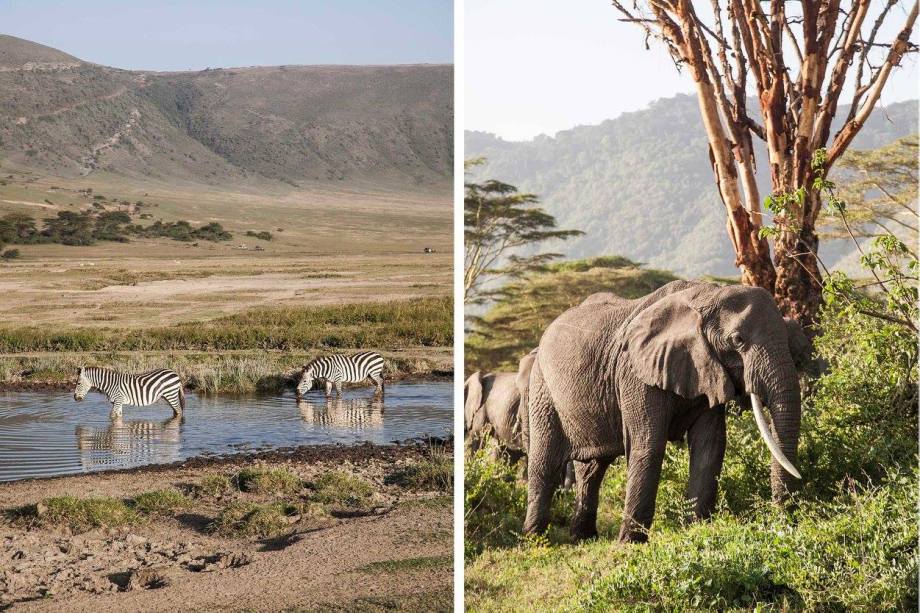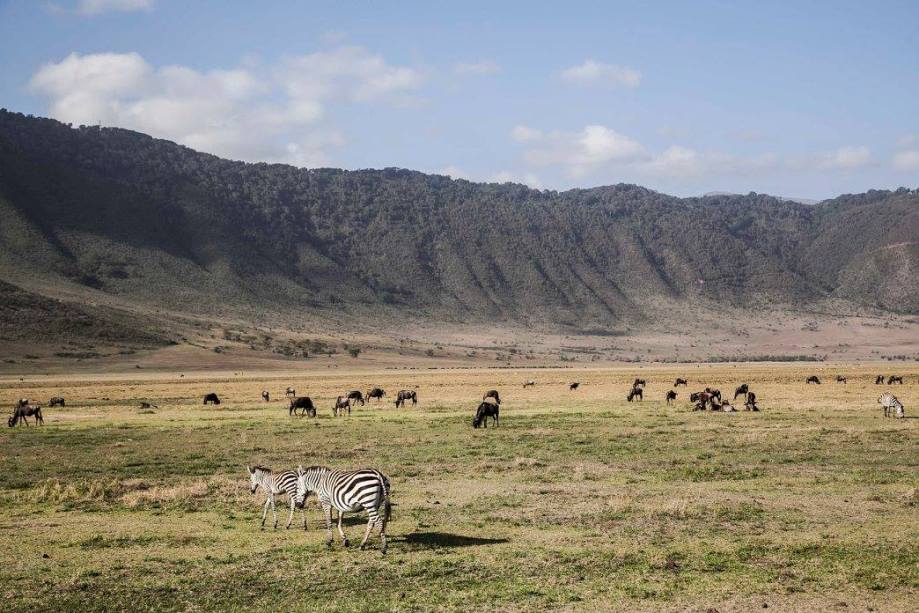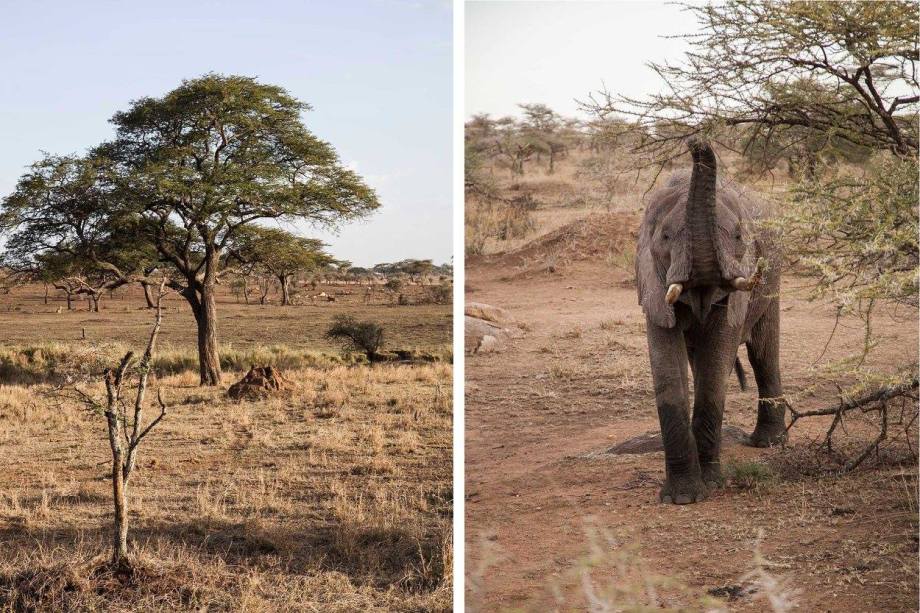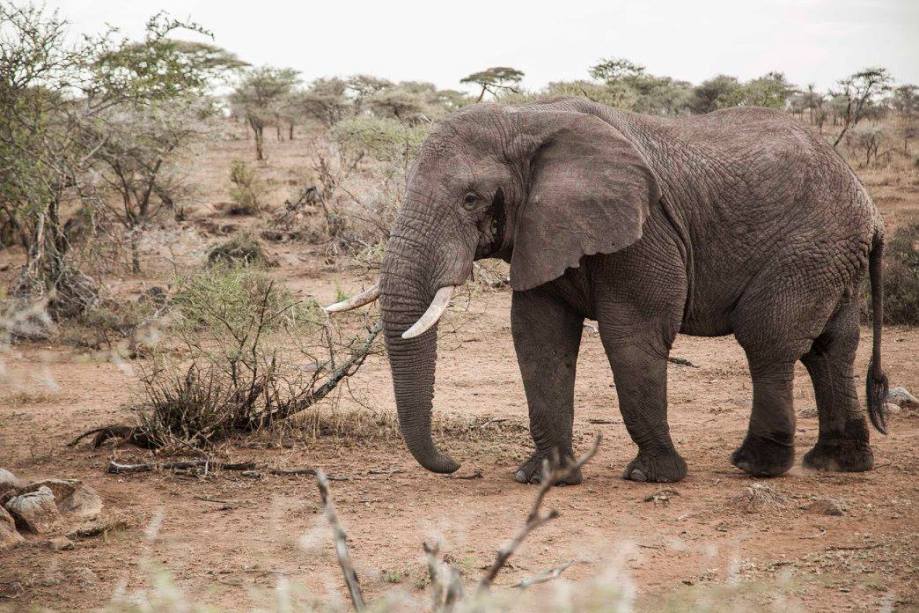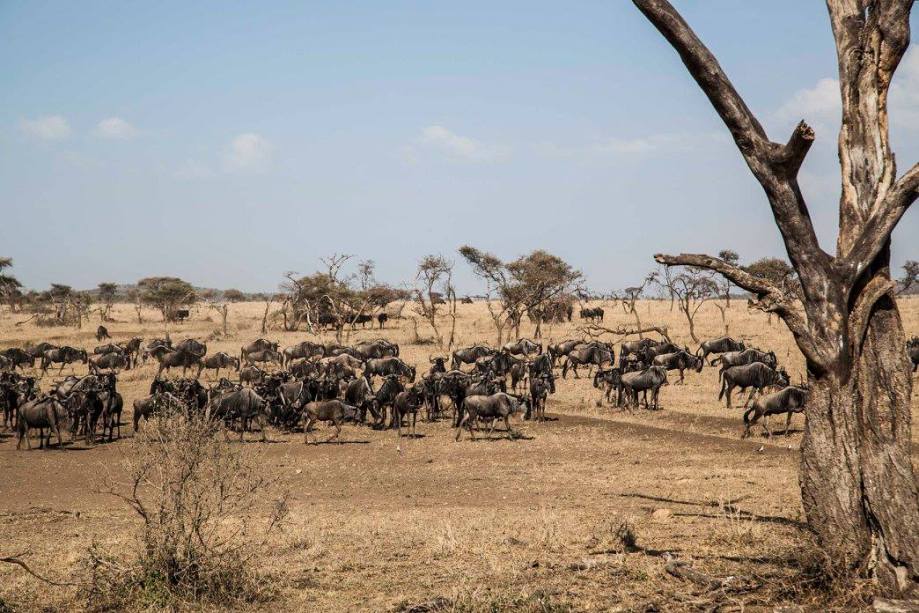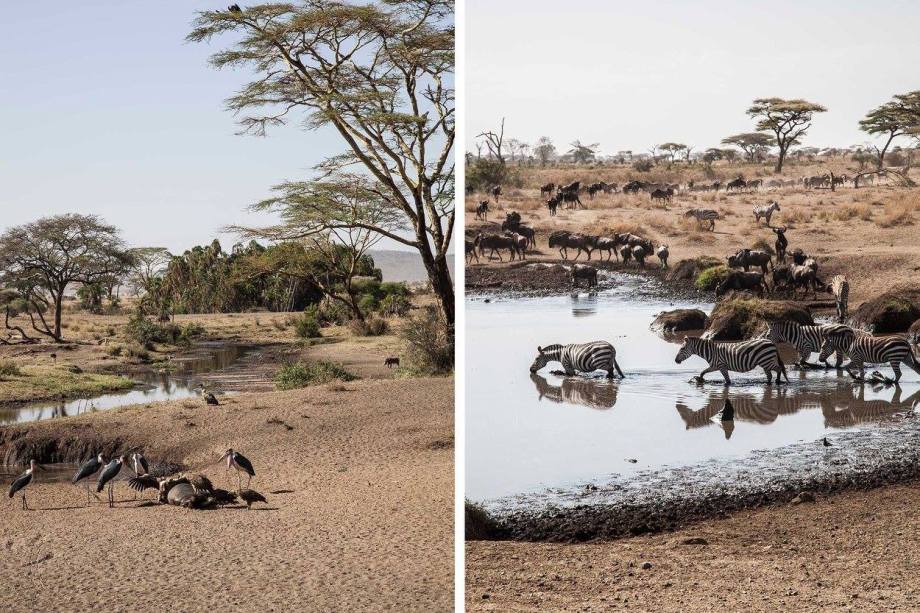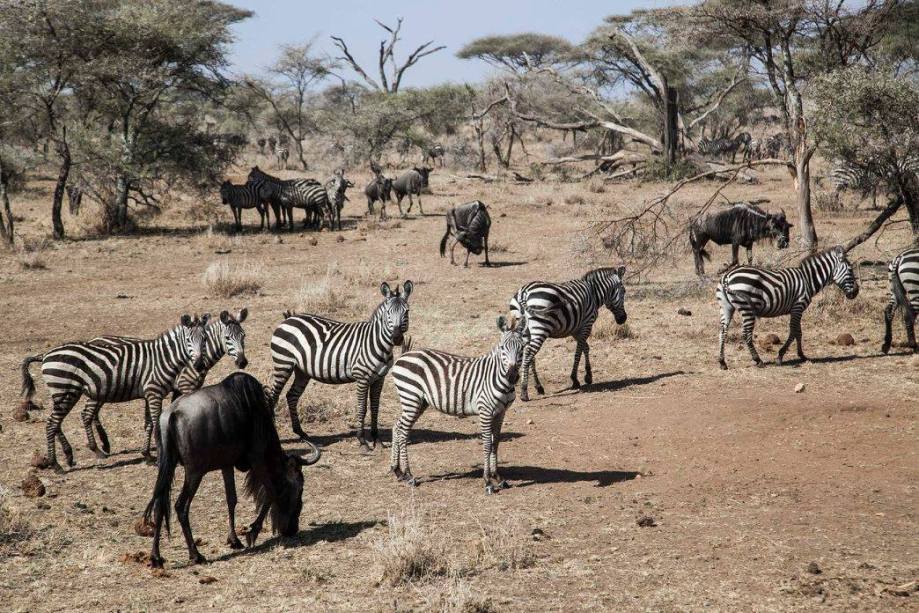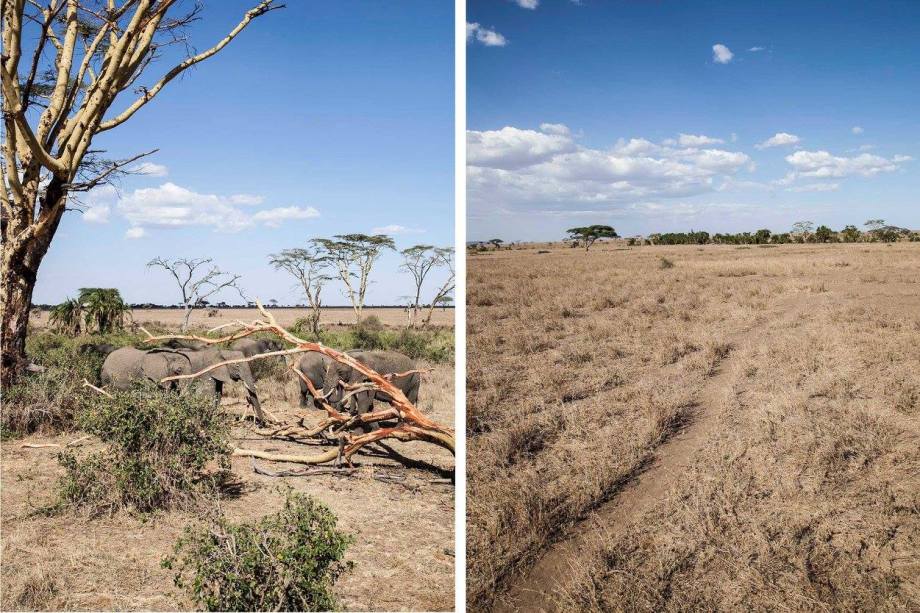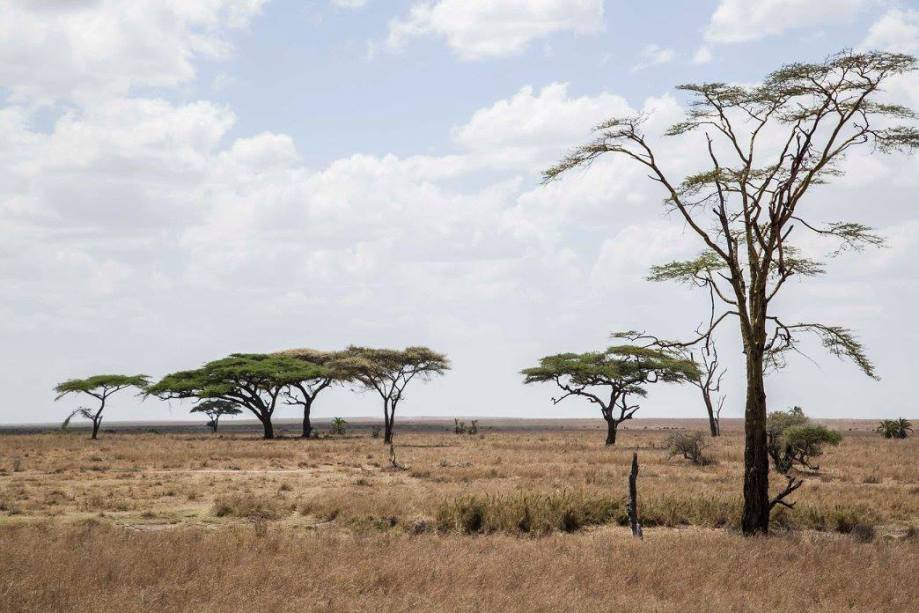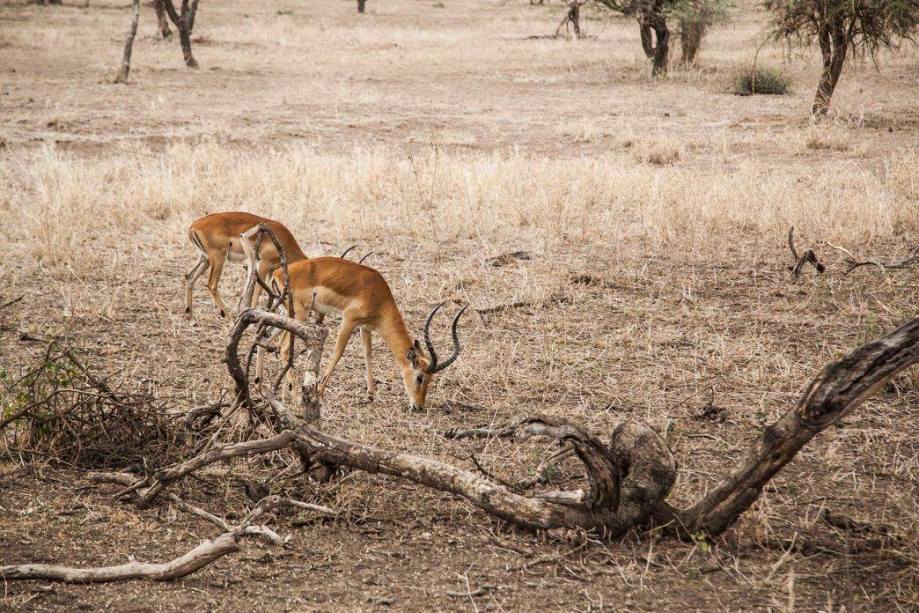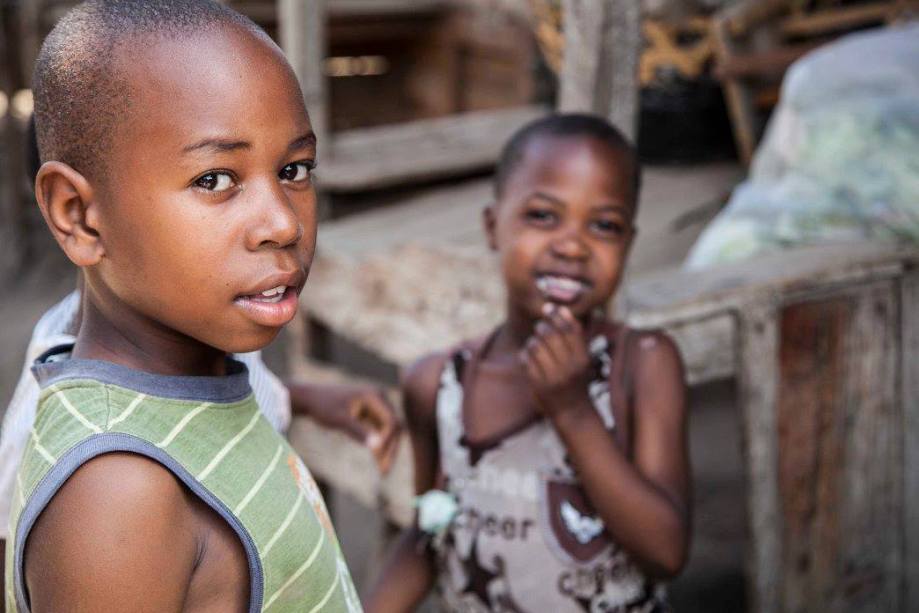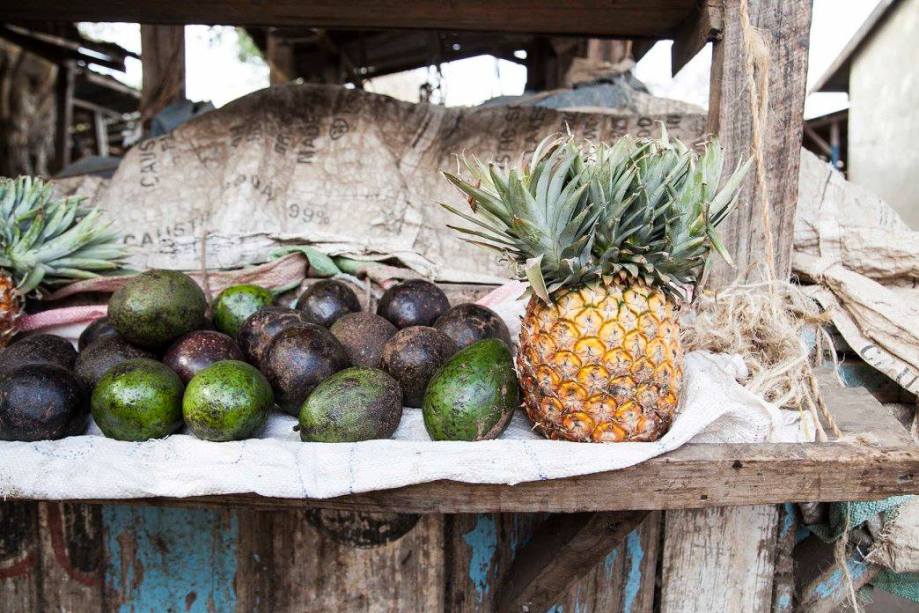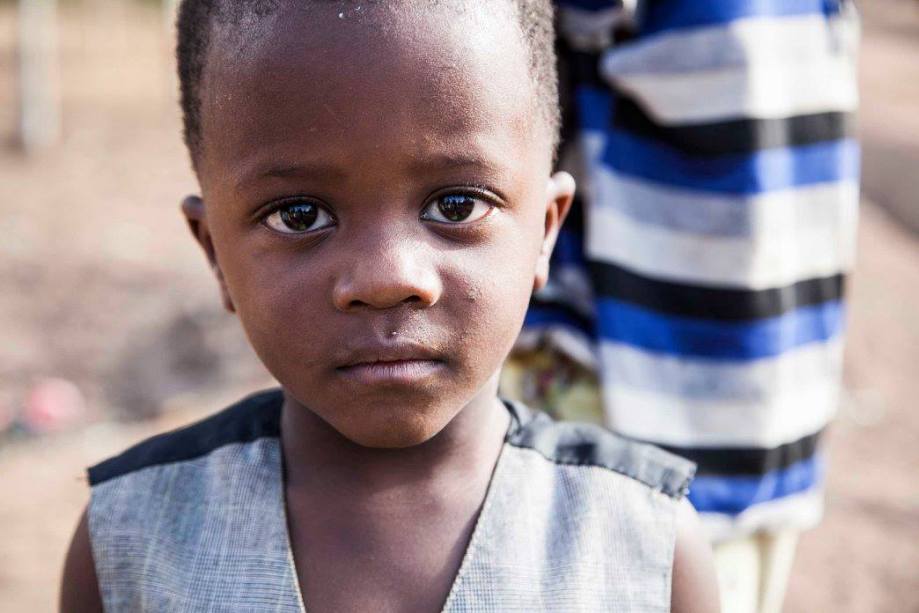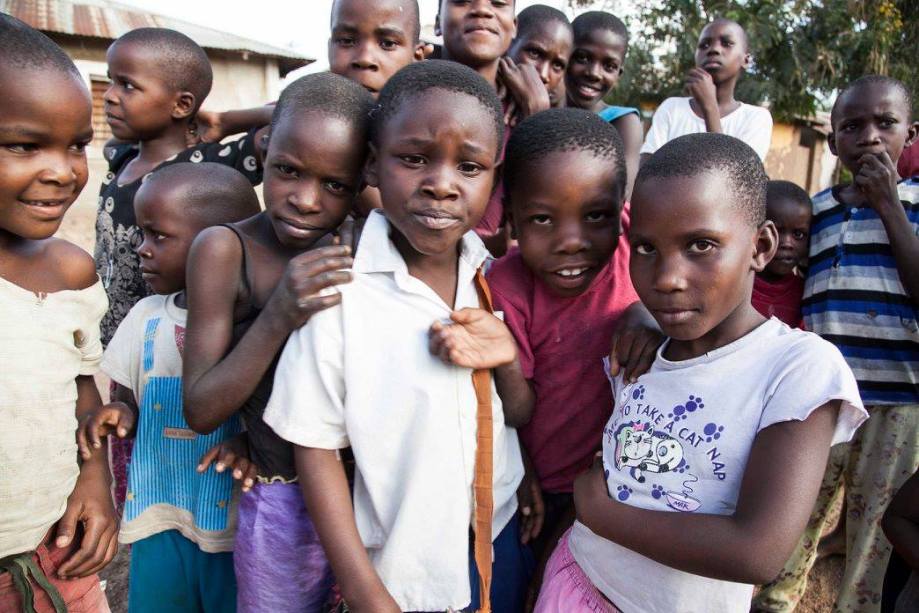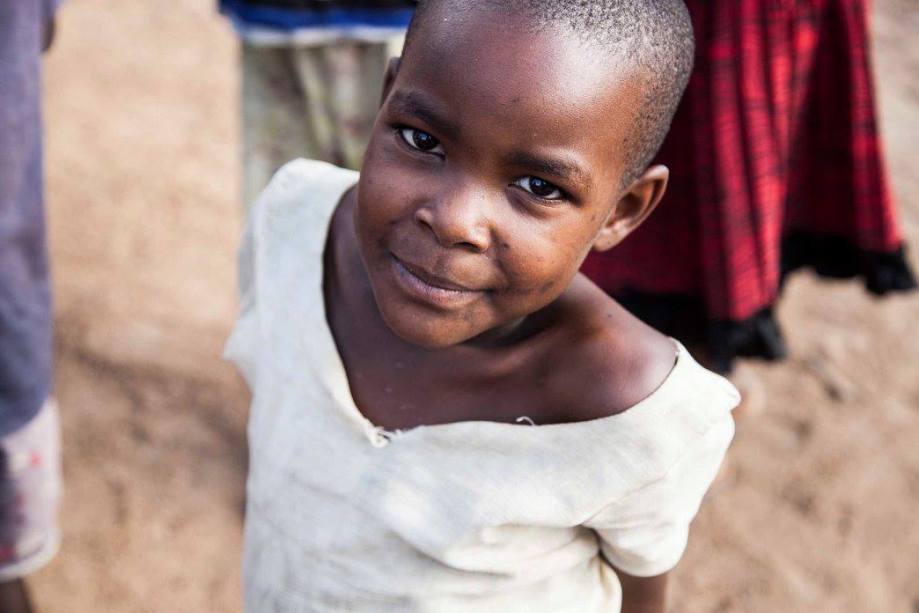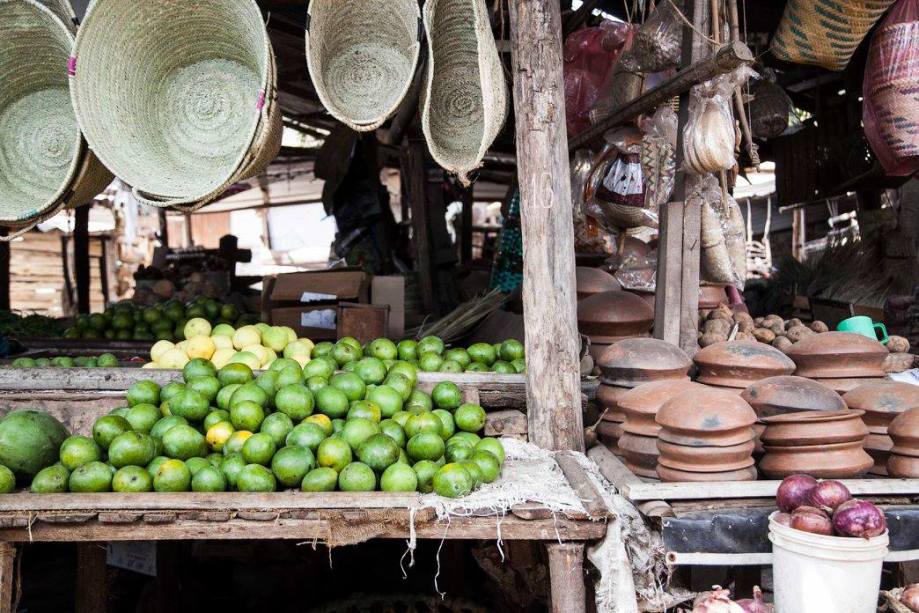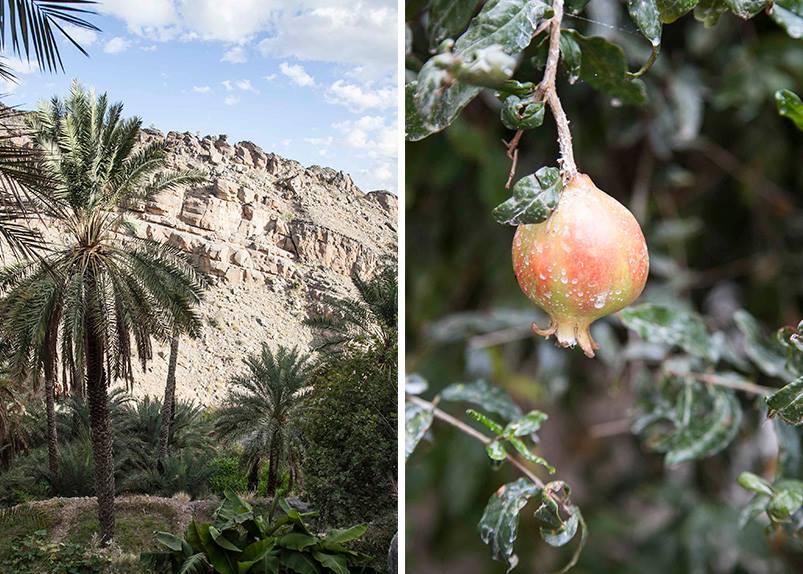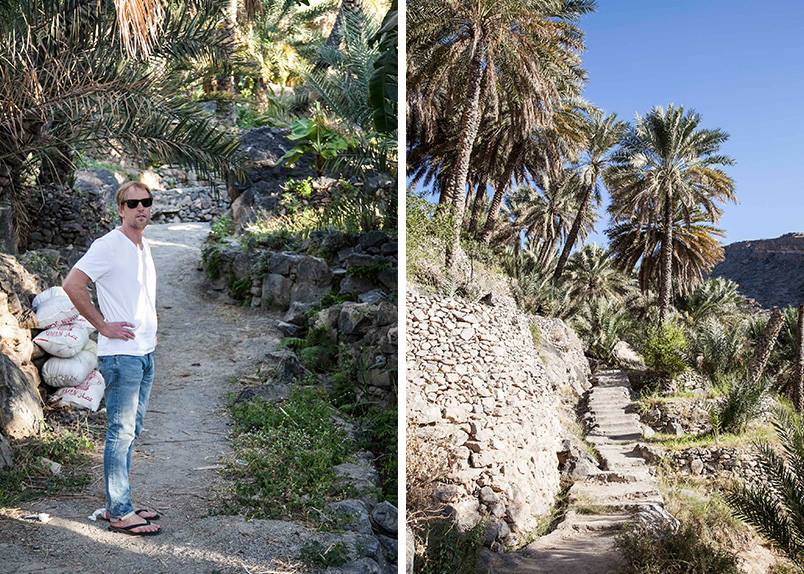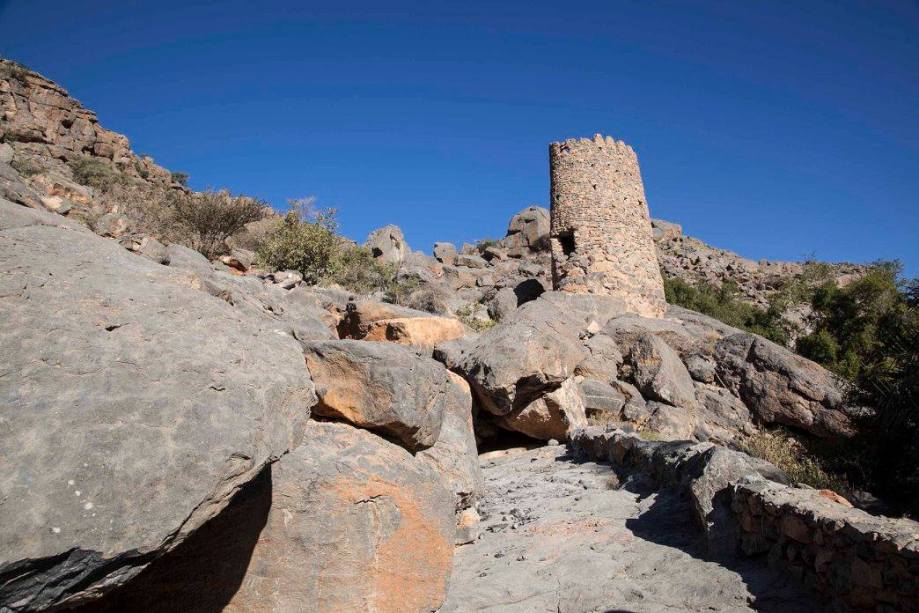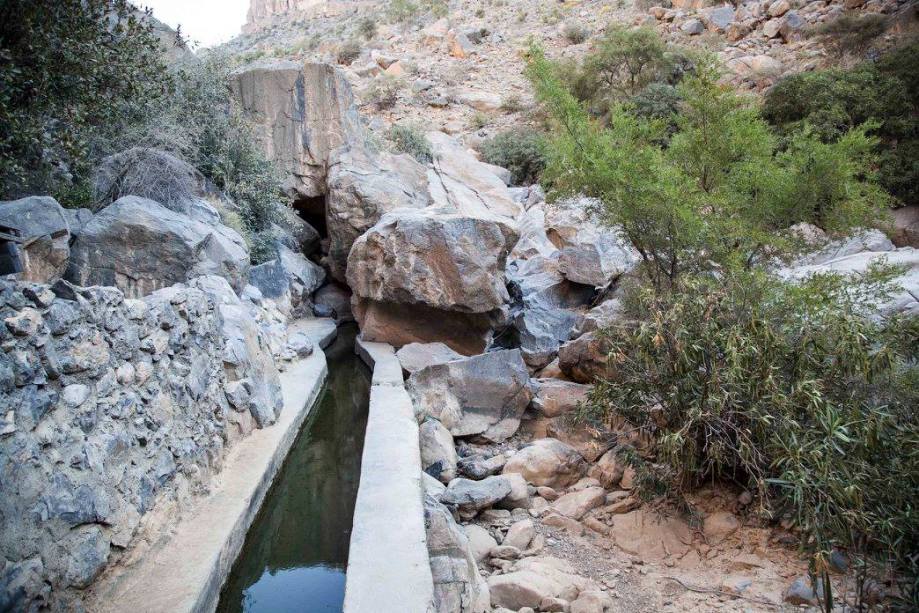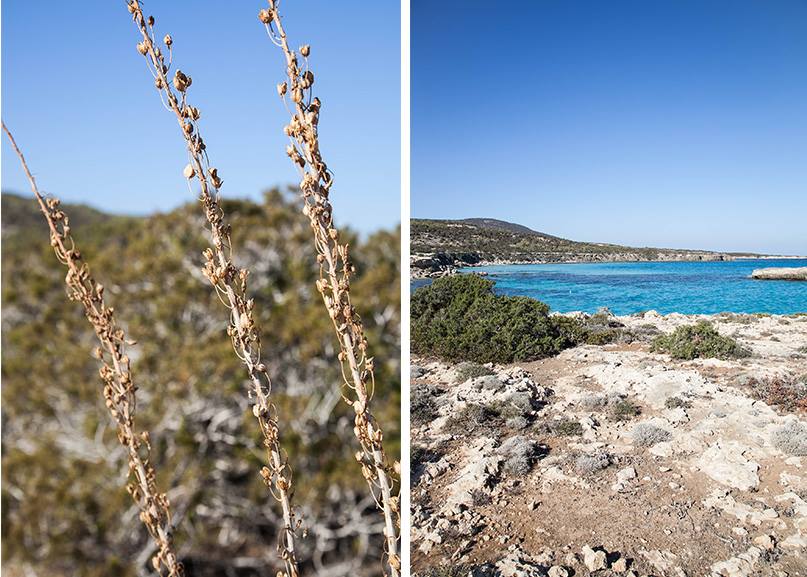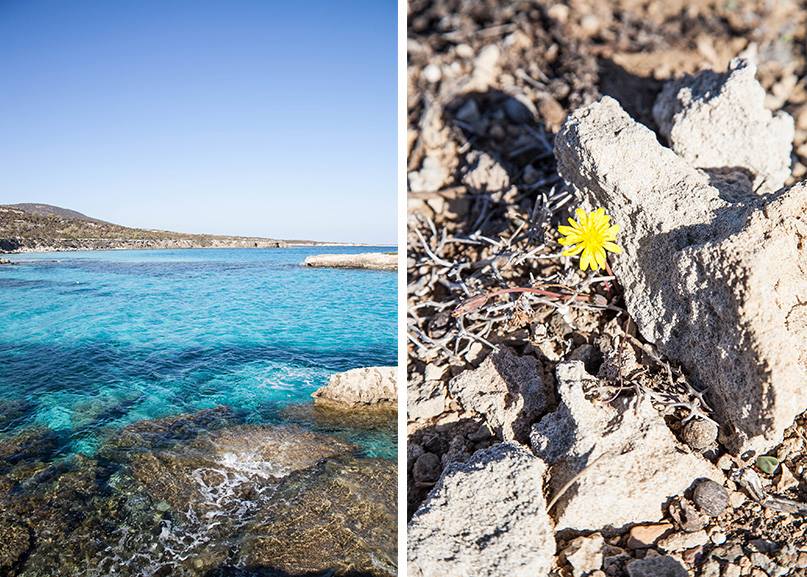I did plan to keep this blog updated, but it has yet again fallen by the wayside. We spent a week in Kerala, India back in April, so in the next few posts I’ll share some photos, experiences and tips from our time spent exploring this green state of India.
My husband has a ridiculous amount of annual leave and public holidays here in Oman, which he has to use up each year, so we thought we might take advantage of them and use our time wisely in Oman, so decided to go to Kerala, which is direct three and a half hour flight from Muscat to Kochi. And it’s cheap.
We arrived at Kochi airport and took a bus to Fort Kochi. Although the distance isn’t great, the traffic in Kochi is horrendous, so make sure you leave plenty of time to get to where you have to go. We arrived at our guesthouse, dropped off our bags and spent the afternoon exploring the area. Fort Kochi was occupied by a number of different people, including the Portuguese, the Dutch and the British, so much of the architecture reflects these colonial influences. Compared to Kochi city proper, Fort Kochi is very quiet and laid back. So it’s a wonderful spot to spend a few hours exploring the streets on foot. One must see are the iconic Chinese fishing nets, which are actually quite spectacular. If you’re game, there are a number of street vendors near the fishing nets, offering ‘fresh’ seafood, which they will cook for you on the spot.
Whilst in Kochi, we took a tuk-tuk to Jew Town/Mattanchery to visit some of the antique stores and art galleries. You can walk from Fort Kochi to Jew Town (it’ll take about half an hour or so), but since it was so hot, we decided to spend a few rupees on a tuk-tuk. And it was well worth it. Many of the tuk-tuk drivers will offer to take you on a ‘tour’ of the antique stores and art galleries at no extra cost. But all the stores are located within walking distance from one another, so it’s easy to get around on foot and spent a few hours perusing the stores.
Since Fort Kochi is so small, you don’t need to much time to see everything – a day or two is plenty. If you have a little spare time, visit an Ayurvedic spa (most of the larger hotels have one) and have a treatment or two.
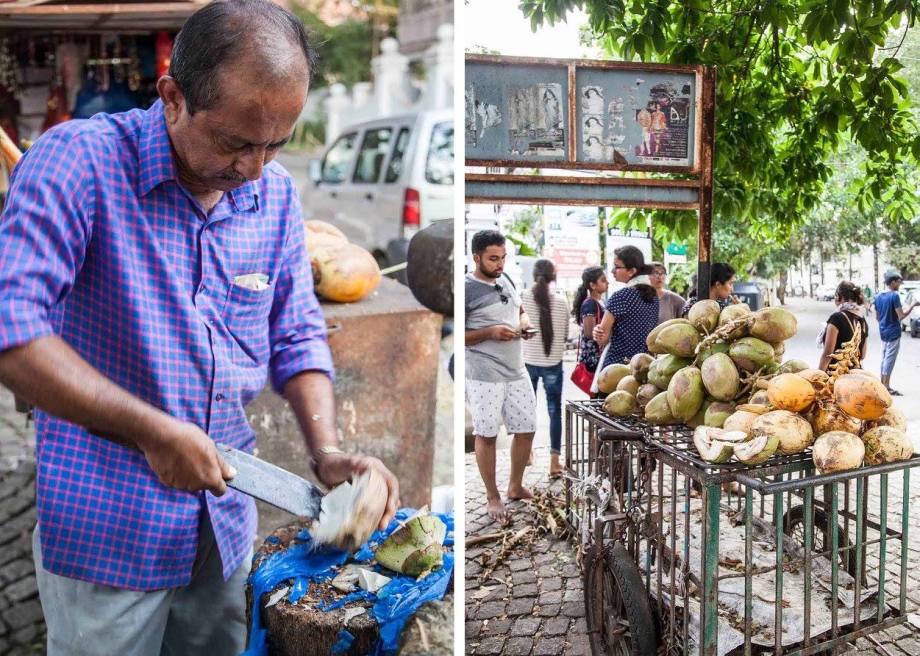
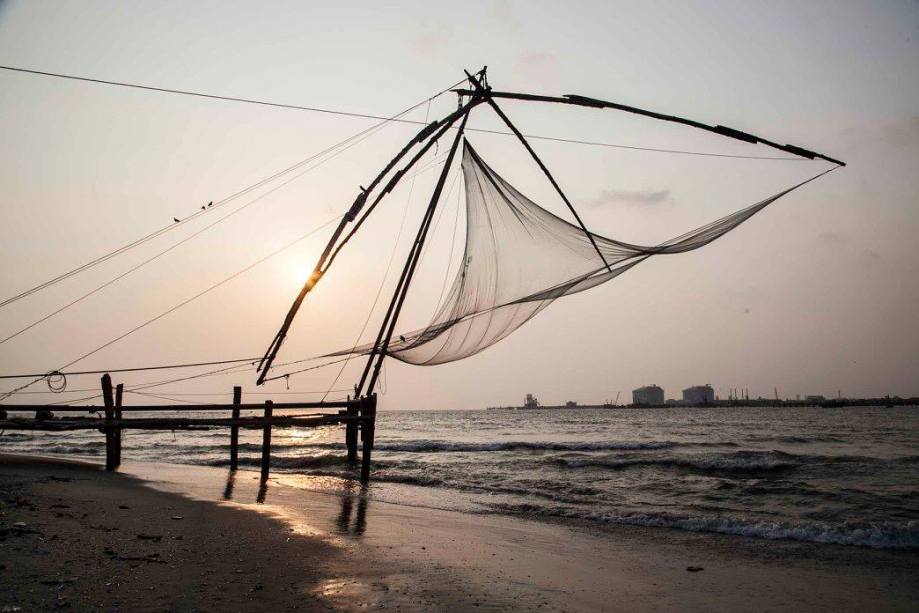






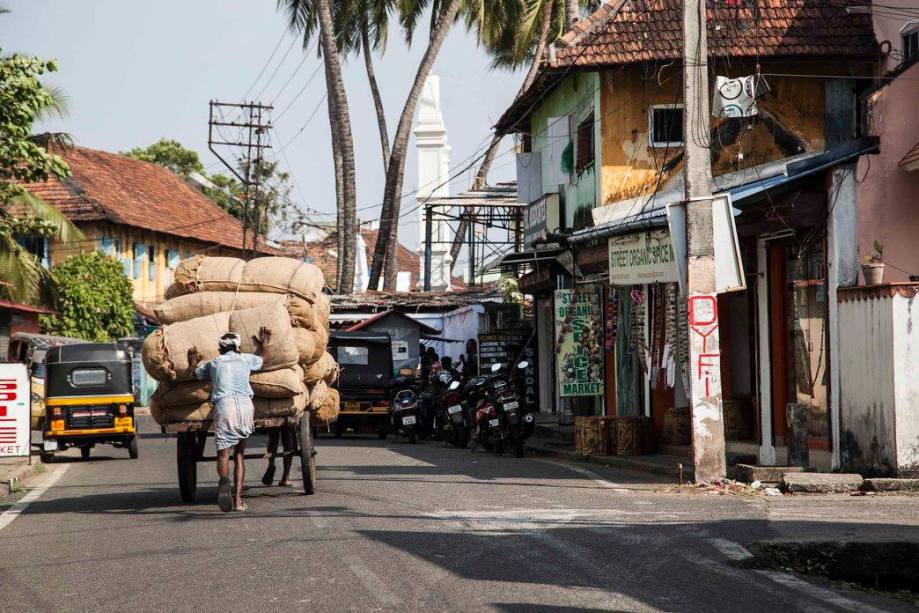


Essentials:
Getting there and around:
A number of airlines fly into Kochi airport, which is the gateway to Kerala. From the airport you can take either a taxi or a bus. Make sure you book the taxi at the tourist office inside the airport so you don’t get ripped off. A taxi from the airport to Fort Kochi should cost around 1200 rupees. The bus is significantly cheaper at 80 rupees per person.
Stay:
We stayed at two different places whilst in Kochi (our first night in Kerala and our final night) and thoroughly enjoyed both. The first place was Niyati Boutique Guesthouse, which was simple, but nice and incredibly clean. And we spent our final night at Fort House Hotel, which had lovely rooms and a wonderful outdoor terrace restaurant.
Shop:
Head to Jew Town/Mattanchery to do some shopping. Our favourite antique store was Crafters – they have a number of outlets within walking distance from each other and is the go to place for antiques in Kochi.




